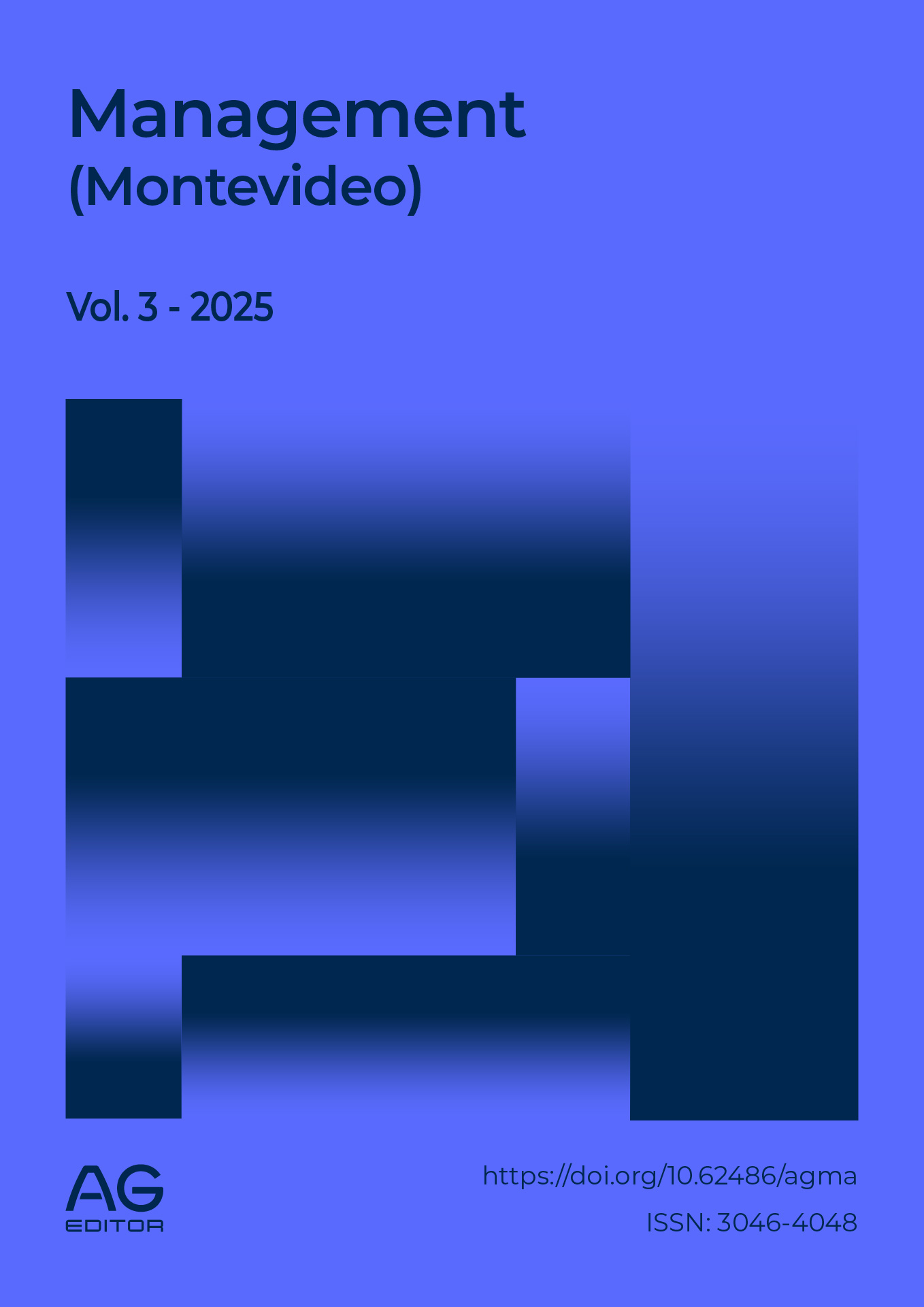Trade Opportunities between Argentina and Uruguay: Identification of Strategic Sectors Based on Export Indicators (2022–2024)
DOI:
https://doi.org/10.62486/agma2025239Keywords:
Bilateral Trade, Revealed Comparative Advantage, Trade Complementarity, MERCOSUR, Export Strategy, Argentina–UruguayAbstract
Introduction: the trade relationship between Argentina and Uruguay, marked by productive complementarities and structural asymmetries, provides a favorable context for identifying strategic sectors that can strengthen Argentina’s regional export insertion. Geographical proximity, institutional ties within MERCOSUR, and longstanding economic connections reinforce the need for indicator-based analysis.
Objective: this study aims to identify the strategic sectors with the greatest potential for Argentina’s commercial insertion into the Uruguayan market during the 2022–2024 period. Based on a quantitative analysis using foreign trade indicators, the objective is to provide empirical evidence to guide both public policy and business decision-making, with the goal of strengthening regional integration, diversifying Argentina’s export supply, and enhancing its competitive positioning within the framework of MERCOSUR.
Methods: a quantitative and comparative methodology was applied using official foreign trade data for the period 2022–2024. The analysis focused on the 37 main tariff lines exported by Argentina to Uruguay, classified according to the MERCOSUR Common Nomenclature (at the 8-digit level), using four indicators: Herfindahl-Hirschman Index, Grubel-Lloyd Index, Trade Overlap Index, and the Symmetric Revealed Comparative Advantage Index. Additionally, the Trade Intensity Index and the Bilateral Trade Complementarity Index were calculated to contextualize the structural dynamics.
Results: findings confirm a predominantly inter-industry trade pattern, with moderate concentration and low structural overlap, revealing structural advantages for Argentina’s export supply. Pet food was identified as a strategic sector due to its high revealed comparative advantage, limited domestic competition in Uruguay, and direct access to consumers. The analysis also showed exceptionally high bilateral trade intensity and moderate structural complementarity between the two economies.
Conclusions: the methodological approach proved effective in detecting export opportunities based on quantitative indicators. The findings provide evidence to support targeted trade promotion policies and offer a replicable framework for assessing strategic sectors in other regional markets.
References
Softrade. Plataforma de inteligencia comercial y análisis de datos de comercio exterior [Internet]. Softrade; 2025 [citado 2025 Jul 15]. Disponible en: https://softrade.info/inicio
Ricardo D. On the Principles of Political Economy and Taxation. London: John Murray; 1817.
Heckscher EF, Ohlin B. Interregional and International Trade. Cambridge: Harvard University Press; 1933.
Krugman P. Increasing returns, monopolistic competition, and international trade. J Int Econ. 1979;9(4):469–479. DOI: https://doi.org/10.1016/0022-1996(79)90017-5
Hirschman AO. The paternity of an index. Am Econ Rev. 1964;54(5):761–762.
Grubel HG, Lloyd PJ. Intra-Industry Trade: The Theory and Measurement of International Trade in Differentiated Products. New York: Wiley; 1975.
Laursen K. Revealed comparative advantage and the alternatives as measures of international specialization. DRUID Working Paper No. 98–30. Danish Research Unit for Industrial Dynamics; 1998.
Instituto Nacional de Estadística y Censos (INDEC) [Internet]. Argentina: INDEC; c2024 [citado 2025 Jun 16]. Disponible en: https://www.indec.gob.ar
Ministerio de Ganadería, Agricultura y Pesca (MGAP) [Internet]. Uruguay: Gobierno del Uruguay; c2024 [citado 2025 Jul 15]. Disponible en: https://www.gub.uy/ministerio-ganaderia-agricultura-pesca
Krugman, P. Geography and Trade. MIT Press, Cambridge, MA. 1991.
Hausmann R, Hwang J, Rodrik D. What you export matters. J Econ Growth. 2007;12(1):1–25. DOI: https://doi.org/10.1007/s10887-006-9009-4
Reardon T, Timmer CP, Barrett CB, Berdegué J. The rise of supermarkets in Africa, Asia, and Latin America. Am J Agric Econ. 2003;85(5):1140–1146. DOI: https://doi.org/10.1111/j.0092-5853.2003.00520.x
CEPAL (Comisión Económica para América Latina y el Caribe). Perspectivas del Comercio Internacional de América Latina y el Caribe, 2024: Reconfiguración del comercio mundial y opciones para la recuperación regional. Santiago: Naciones Unidas; 2024 [publicado 27 feb 2025] [citado 2025 Jul 15]. Disponible en: https://www.cepal.org/es/tipo-de-publicacion/perspectivas-comercio-internacional-america-latina-caribe.
Blyde JS, Volpe Martincus C, Molina D. Fábricas sincronizadas: América Latina y el Caribe en la era de las Cadenas Globales de Valor. Washington D.C.: Banco Interamericano de Desarrollo; oct 2014 [citado 2025 Jul 15]. Disponible en: https://publications.iadb.org/es/fabricas-sincronizadas-america-latina-y-el-caribe-en-la-era-de-las-cadenas-globales-de-valor. DOI: https://doi.org/10.18235/0012588
Servicio Nacional de Sanidad y Calidad Agroalimentaria (SENASA) [Internet]. Argentina: Ministerio de Economía; c2024 [citado 2025 Jul 15]. Disponible en: https://www.argentina.gob.ar/senasa
OECD (2021). Sustainability Impact Assessments of Free Trade Agreements: A Critical Review. OECD Trade Policy Paper, n.º 255, noviembre 2021 [citado 2025 Jul 15]. Disponible en: OECD Publishing https://www.oecd.org/en/publications/sustainability-impact-assessments-of-free-trade-agreements_65b1a07e-en.html.
Published
Issue
Section
License
Copyright (c) 2025 Darío Luis Candellero, José Poncio (Author)

This work is licensed under a Creative Commons Attribution 4.0 International License.
The article is distributed under the Creative Commons Attribution 4.0 License. Unless otherwise stated, associated published material is distributed under the same licence.





